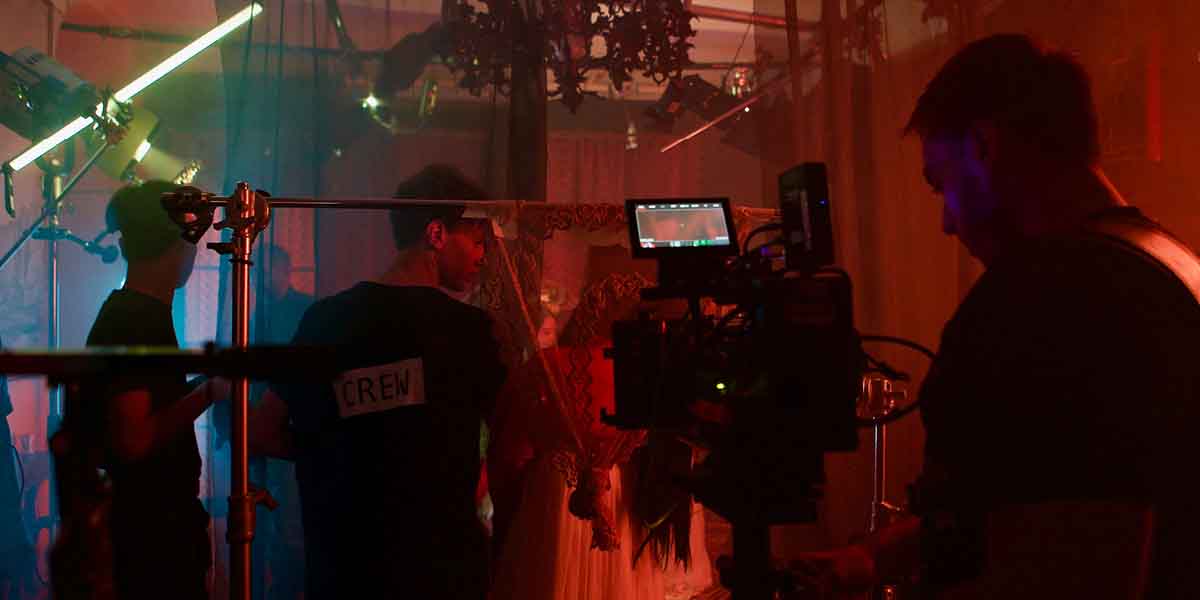-
How to become
Media Designer

Who is a Media Designer?
In the fast-moving world of the audiovisual sector, the Media Designer is a key figure, indispensable for devising effective multimedia content. This professional holds a critical role at the crossroads of technology, creativity, and communication: armed with innovative vision and a cross-disciplinary approach, they commit to crafting immersive visual experiences and, using the sector's tools wisely, they turn abstract concepts into impactful visual messages that grab and hold the audience’s attention. In the audiovisual field, their expertise is key to meeting the challenges of a market leaning more towards innovation and tailoring the user experience, establishing themselves as a cornerstone of the modern audiovisual and film industry.
What does Media Designer do?
A Media Designer navigates various creative and technical stages to produce captivating multimedia content. They start by analysing and understanding the communication needs of the client or project, then turn this understanding into innovative visual concepts. They move on to creating interactive layouts and designs, developing animations, and producing videos that tell, inform, or entertain, seamlessly blending texts, images, and sounds. Their skill extends to video and audio editing, where they cut, assemble, and perfect clips to create an engaging tale, using visual and sound effects to heighten the message. The Media Designer is also skilled in managing content across different digital platforms, enhancing distribution to boost visibility and user engagement. Moreover, they stay abreast of technological advances and market trends, incorporating them into their projects to ensure the message reaches and deeply resonates with its audience.
Which skills should a Media Designer have?
Among the skills a Media Designer must have to excel in their role, technical creativity and artistic finesse stand out. Mastery of graphic design tools and video editing software is indispensable, as is a deep aesthetic sensitivity when developing visual concepts that powerfully and effectively communicate with the target audience. Visual storytelling abilities, strategically using images and sounds, are essential for correctly narrating stories that move and engage. An eye for detail and precision in reviewing materials further guarantee a high-quality result. Organisational skills and project management are also vital, enabling the coordination of different work phases and respecting deadlines and budgets. Lastly, the ability to collaborate effectively within multidisciplinary teams makes it easier to realise complex and innovative projects.
How to become a Media Designer?
The journey to becoming a successful Media Designer starts with choosing the right education path, which is crucial for those aspiring to excel in the audiovisual and cinematic sector. The courses offered by NABA in the Media Design and New Technologies Area are ideal for those seeking an education that combines advanced theory with intensive practice. Through a broad curriculum, they provide essential theoretical knowledge needed to stand out in this field, such as familiarity with essential audiovisual design and realisation tools, and practical skills gained by participating in real projects, workshops, and seminars led by industry professionals. NABA courses also stand out for their focus on the latest industry trends, preparing Media Designers to respond nimbly to market demands. Opting for NABA means choosing an education that opens doors to the most coveted positions in the industry, ensuring state-of-the-art training for future Media Designers.

